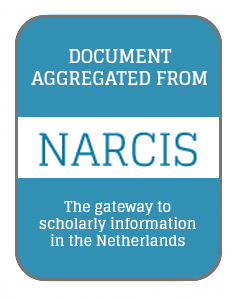CLC2000 land cover database of the Netherlands; monitoring land cover changes between 1986 and 2000
The 1986 CORINE land cover database of the Netherlands was revised and updated on basis of Landsat satellite images and ancillary data. Interpretation of satellite images from 1986 and 2000 resulted in the CLC2000, CLC1986rev and CLCchange databases. A standard European legend and production methodology was applied. Thirty land cover classes were discerned. Most extended land cover types were pastures (231), arable land (211) and complex cultivation patterns (242). Between 1986 and 2000 around 4.76% of land changed its land cover.





